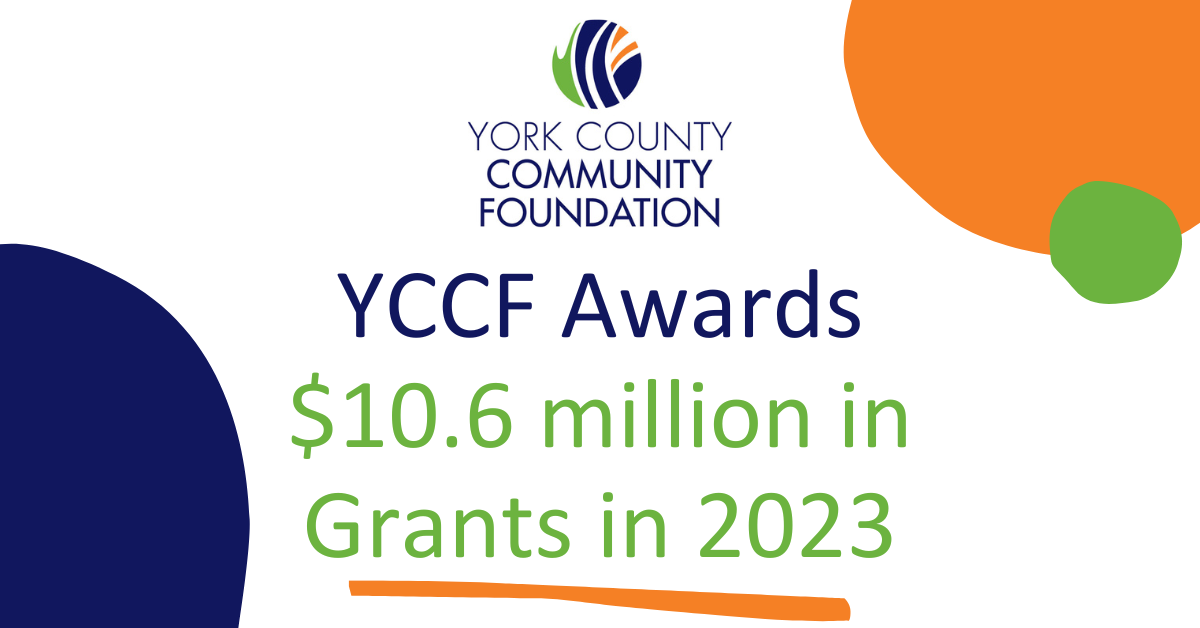by Roth J. Preap, Grants Program Associate
You are short on time, and you have multiple proposals to submit, you wish you just knew what information was the most pertinent.
We have all been here before. So much to do, but so little time. The fact of the matter is that you are doing the best you can with the amount of time you have.
Before beginning your request, you must understand the general outline of a grant application.
For starters, you’ll want to describe a program in such a way that even individuals who aren’t familiar with it can understand what it is, who it will benefit, and how it will work. You’ll want to make sure they understand how vital your program is and how much of a difference it will make in people’s lives. Finally, you should do it without repeating yourself, so that each section of the application is used to address only the question that has been posed. If you find yourself writing, “as I’d previously stated,” go back and modify the application to ensure that this is no longer the case.
Advice From The Field
Meet in Advance
If you can, through land, sea, or sky – connect with the funder before you apply. Funders receive many grant requests every year. They are also tasked with evaluating them on an ongoing basis. So, their time is limited but it is important to reach out to them to better understand their grant cycles, fund priorities, and guidelines. If you are unable to connect with a representative from the funding organization, apply to them, but only if the funder’s guidelines or priorities are a clear fit for your organization.
Organization’s Mission
Not every evaluator will know about your organization. Therefore, it is important to connect your organization’s history and mission to the program you are requesting funding for. This will reinforce why you are applying for the program with the evaluator. Ultimately, this is the first connection many evaluators will make. If you have more doubts about the request, it may be best to reevaluate your program’s needs.
You can avoid this by asking your leadership teams questions like:
- Why is our organization hosting this program?
- Is this program mission-driven?
- How and why did this program start?
Fund Priorities
The purpose of a funder is to supply grants to nonprofits as it relates to their donor’s interest or the organization’s fund priorities. The funder owes it to the individual who has entrusted them with their assets to continue their passion and legacy. When submitting a grant request, look for these connections within the funds. Understanding this will help you establish why funders grant in the manner they do. They may focus on LGBTQIA+ initiatives because that is what the donors have designated. So, focus on the programs that matter most to the funder and their donors. In the end, grant evaluators will decide how much your program aligns with their priorities.
Data
Data is an important factor in every application. When addressing data in your application, be sure to include quantitative and qualitative data in very stylistic approaches. Many times, evaluators receive requests that have many different links to articles and research documents, but they may not have the time to make the connection. Clarify this for them by including the main objective you are trying to support. If you state that “truancy rates are rising across the United States” back that up by sharing “that in 2015-2016, almost 8 million students missed three or more weeks of school, across all states and grades. This is according to data supplied by the Office for Civil Rights of the United States Department of Education”. This is much clearer for the evaluator when they are reading. If a funder asks for you to provide links to the research you quoted, be sure to do that in the narrative, or if space is not permitted, include another page with your cited sources.
Impact
Funders look for programs that will have a great amount of impact on the community. Evaluators will assume that your program has positive intent, however, it is sometimes hard for an evaluator to understand why the program is different from others they have funded before. Explain the positive change your program will achieve and highlight why the program is needed. Maybe no other program exists, or the program will better align your existing efforts to make systemic change. All in all, make sure not to exaggerate your programs’ goals. Be realistic. This is a learning opportunity for the funder and for your organization.
Sustainability
An evaluator will rank a grant lower if it does not mention sustainability anywhere in the narrative. Maybe this is a pilot, and you want to see how successful it is before committing funding to it. Maybe you will fundraise for it or maybe charge a participation fee. Whatever the case, when the grant funding is fully expended, provide some direction that you will take to support this new program.
Program Budget
Financials need to be accurately displayed in the budget. A good budget displays income, expenses, and any in-kind services that the organization is providing. Breaking a budget down by line item is a great way to display what you are requesting from the funder. Far too often, what is being requested in the budget does not match the narrative. So, if you are requesting money to retrofit a space with new lighting, you might try to display the cost for the new equipment and/or the labor to have them installed. Keep it clean and showcase the funding you have requested or received from other funders. This will inform the evaluators of other supporters of your program.
Other Tips
- Follow the funder’s grant guidelines – do not submit a request that does not follow their formats or procedures.
- If you provide information in one section of the narrative, do not include it again.
- Make a connection with the evaluator through the narrative, but do not make it overly dramatic or sensational.
- Make sure your program is easy to understand. If it is difficult to explain during a conversation, then it will be very difficult to explain in a grant request.
- Attach letters on support or collaboration.
- Letters of Support are from an organization that supports you and your work.
- Letters of Collaboration are provided by a partner in the work, and it provides some detail on how you will work together.








